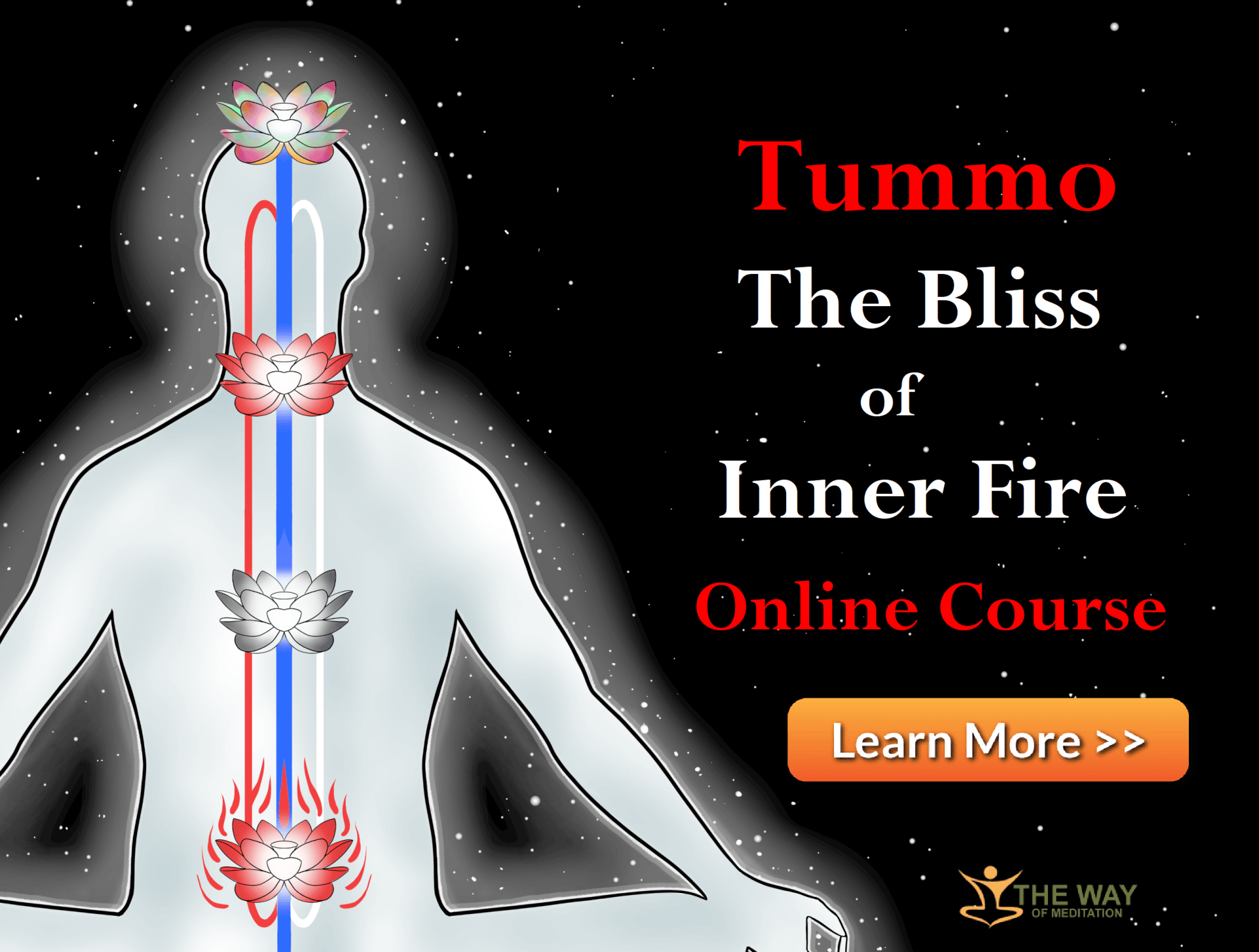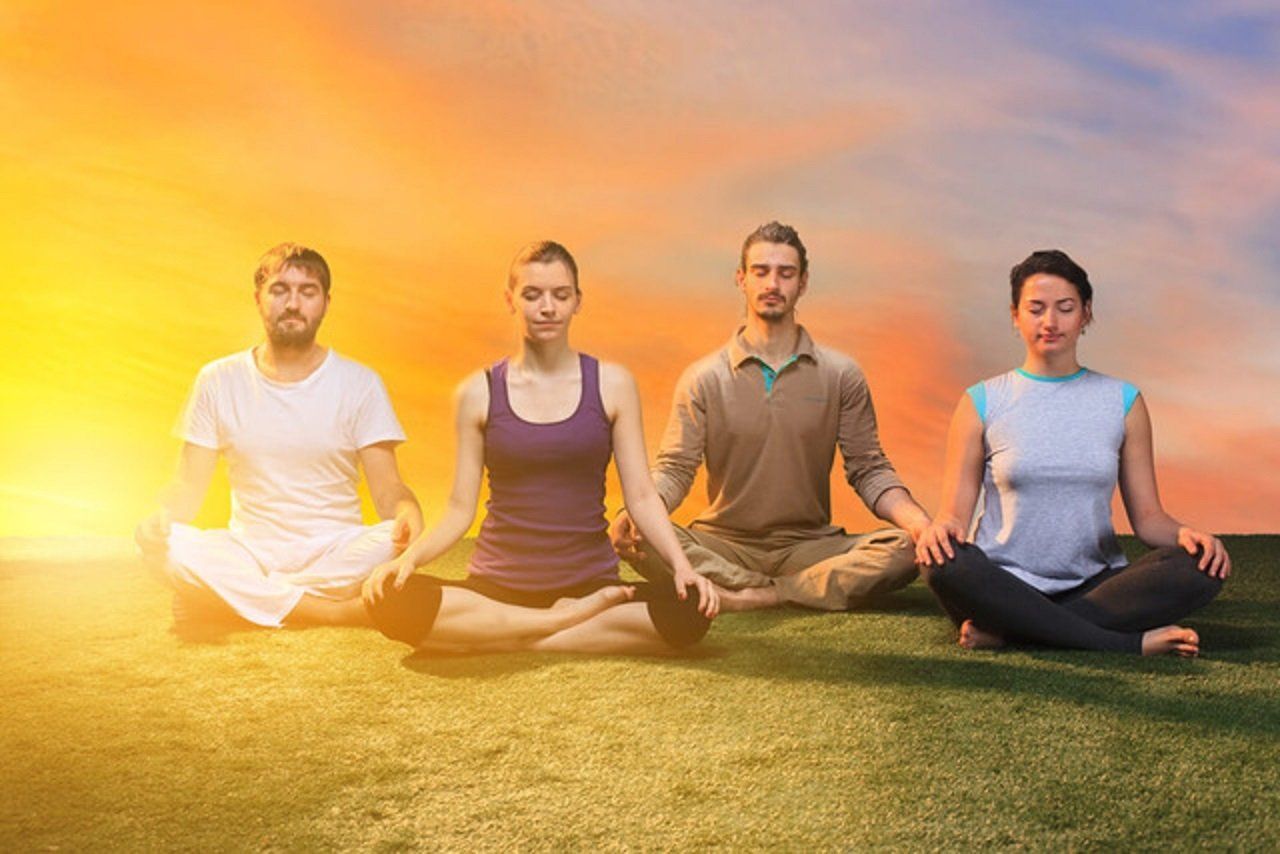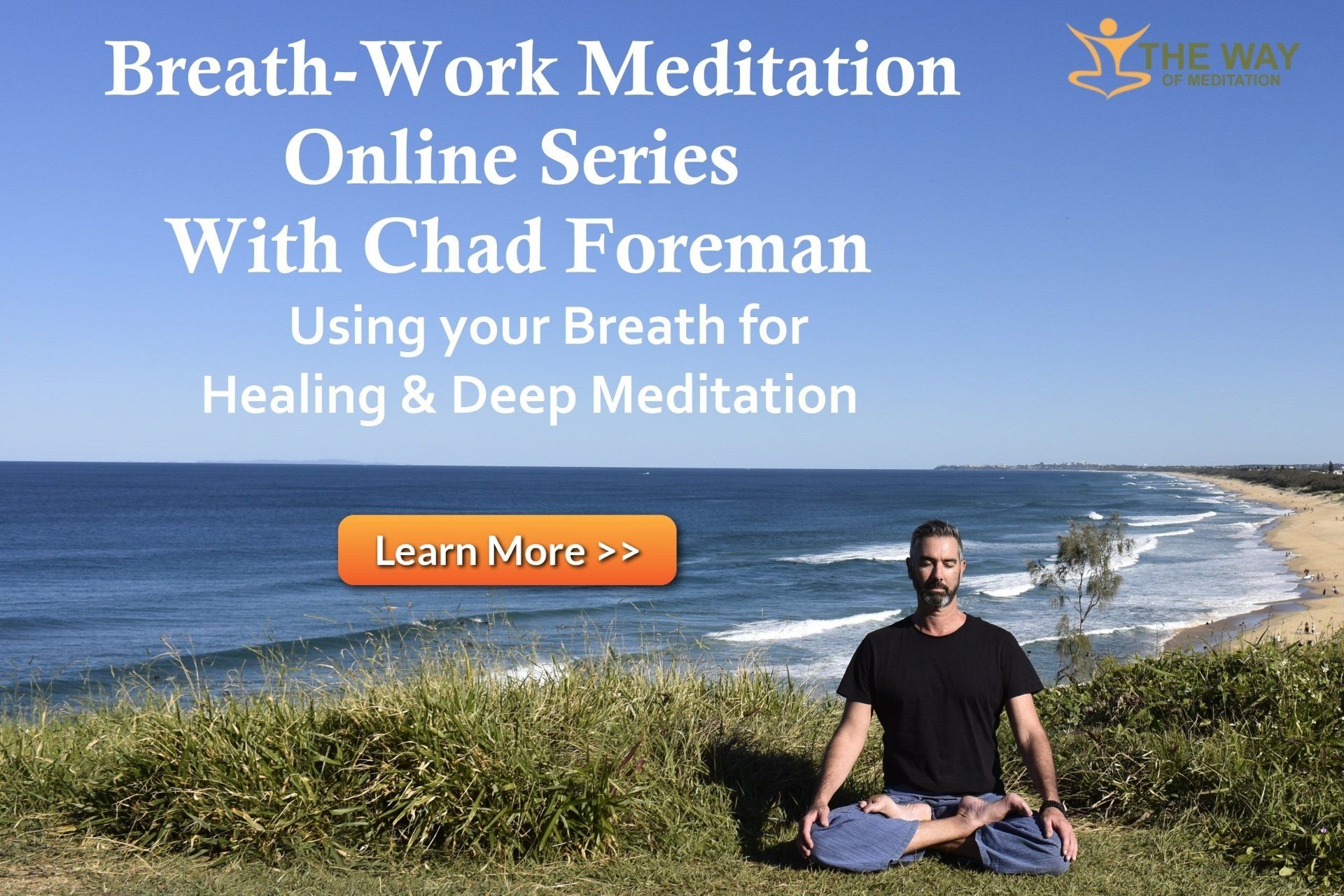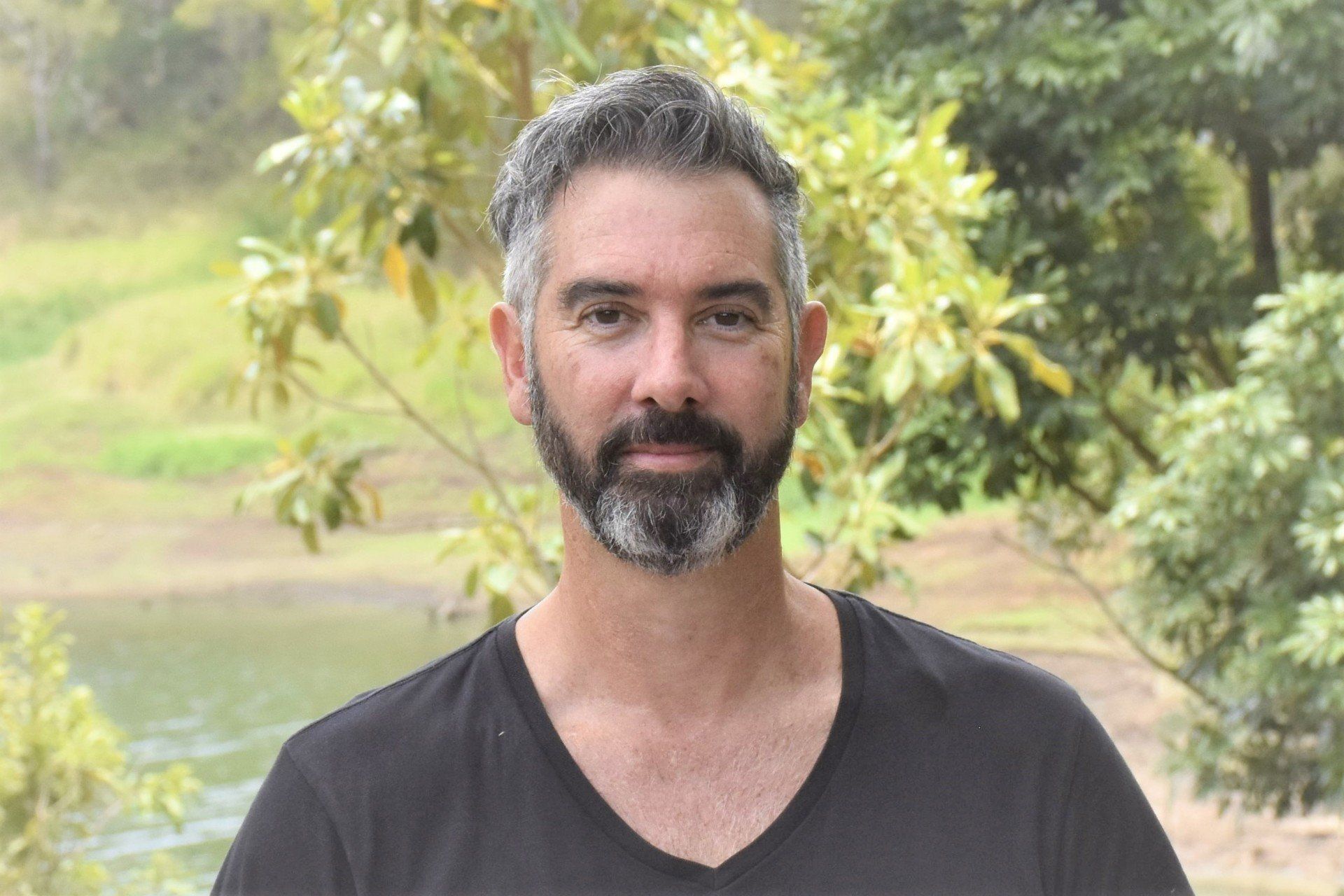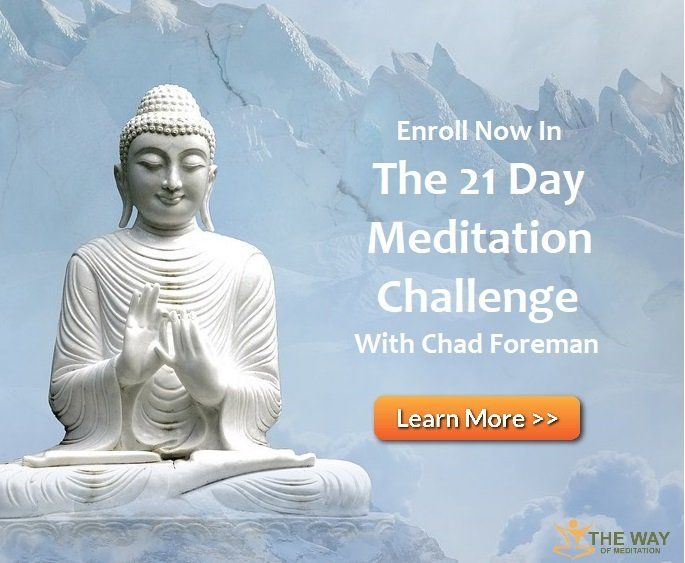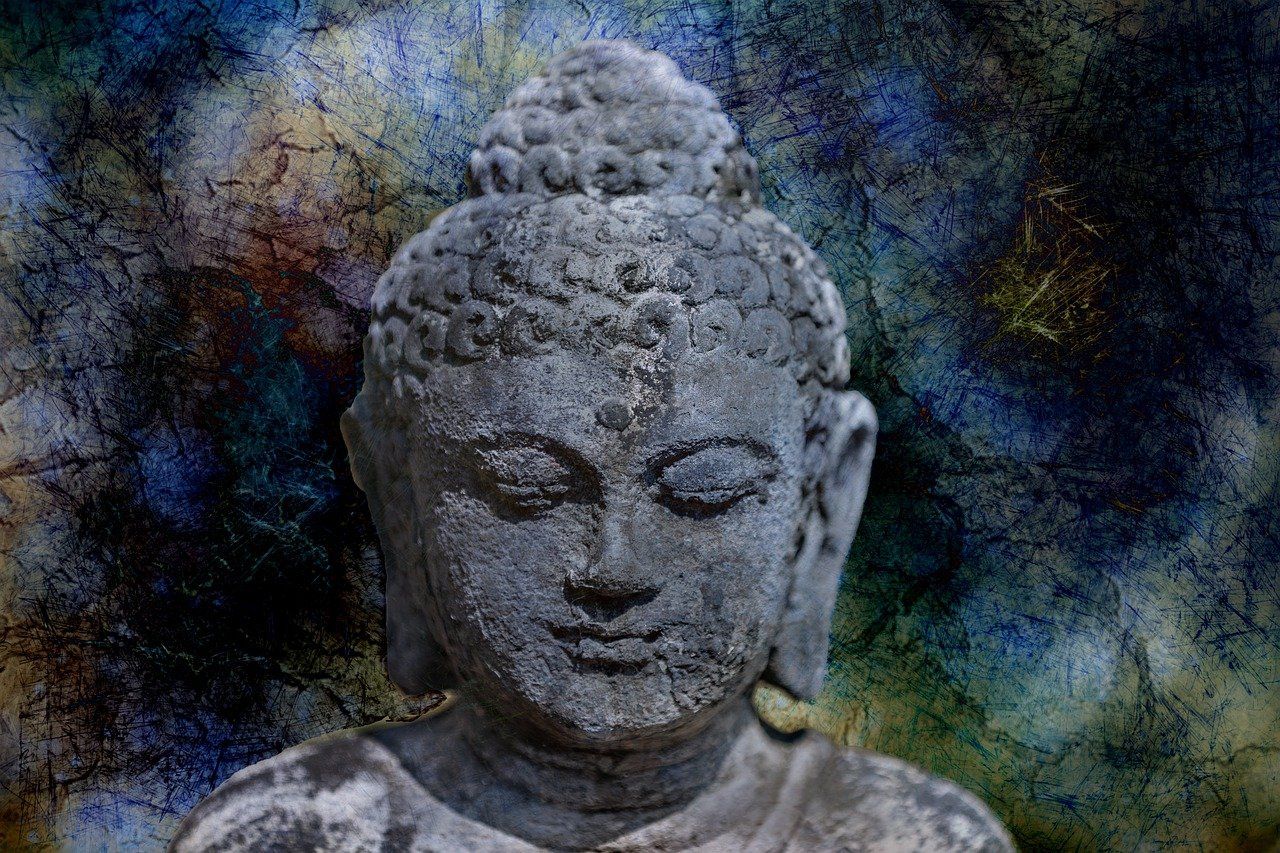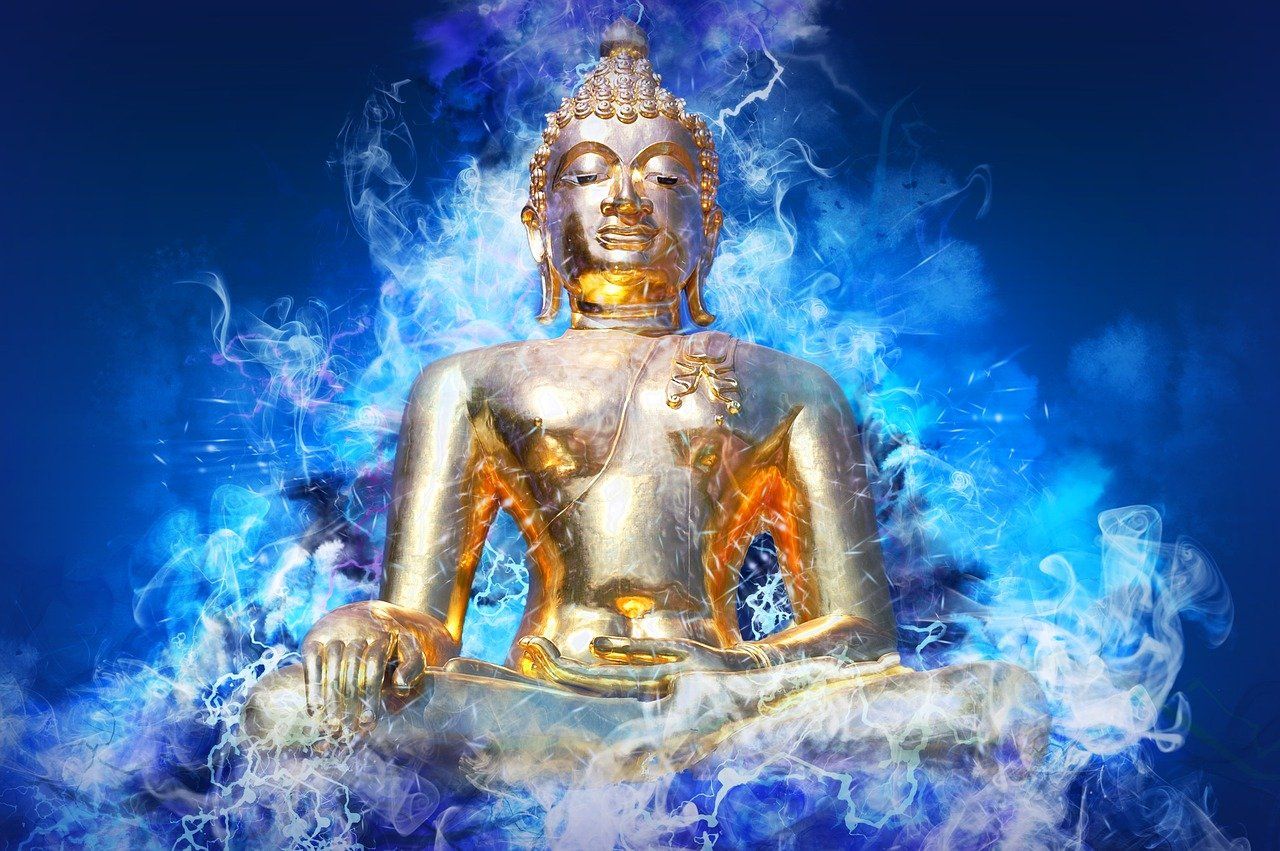Five Different Meditations That Use the Breath
1. Deep Regulated Breathing
The first is the most obvious and perhaps the most powerful to overcome stress, anxiety and even depression is deep breathing. Called pranayama (breath control) in ancient Yogic traditions taking control of your breathing pattern has an immediate effect on your mental state and nervous system.
Oska Phoenix has written about four types of regulated breathing techniques to try out
HERE
Breathing techniques have numerous proven health benefits and people like Wim Hof have demonstrated the ability of breathing techniques coupled with cold water treatments to ward off disease and boost the immune system.
More and more
scientific research is showing the ability of deep breathing exercises to reduce stress and insomnia, help with emotion control, and improved your attention.
I always start my meditation practice with a few low slow deep breaths to consciously relax my body and help bring my mind to the present moment. It really does help to deeply relax my mind and body.
Your breath can be used to ‘fire up’ as well. The
dopamine breathing technique taught by Marcel Hoff (Wim Hof’s brother) energizes the body releasing the feel good and healing hormone called dopamine, which not only feels blissful but has powerful healing qualities as well.
Deep breathing is so intimately connected with your physiology that you can use it as a reliable regulator of your nervous system and subsequent emotional states. Whether your shifting a frustrated state of mind, calming the nervous system or developing super focused clarity breathing exercises can do it all.
2. Humming or 'Auming'
Polyvagal theory demonstrates the role of the vagus nerve in regulating our body’s reaction to the world. In brief simply humming stimulates the vagus nerve and activates the relaxation response which directly counteracts the trauma responses of fight/flight/freeze. This is just a mechanical response of your body’s nervous system you don’t have to believe in it you simply have to do it and the results will almost be instantaneous helping you to relax and regulate your emotions.
Humming also slows and lengthens your outbreath which is a key factor in stress reduction and calming your mind. Humming or Auming (saying OM slowly) with another person helps to create a harmonic field of energy which seems to amplify the calming effect and also intimately connect you with the other person or people.
Chanting Aum by starting with a deep Ahh sound rooted at the bottom of your torso then moving through O at your heart then finishing with Hmm at your crown creates this amazing movement of energy through your body known as kundalini. Whatever it is it feels great.
Chanting Aum also has this remarkable effect of connecting you with the reality of life being made of energy. Generally we view the world made of matter but when we connect with the sound of Aum we can discover a wonder insight and experience the world being more like a vibration which modern science particularly field theories agrees with.
3. Mindfulness
Mindfulness really is the foundation of all meditation techniques. Learning to pay attention in a non-judgemental way helps to remain calm, being at ease and develop what meditation teacher Alan Wallace calls attentional stability.
This essential practice for sanity and mental stability allows a mindfulness practitioner to not be controlled or bullied around by thoughts and distraction. Instead one can remain calm and focused in a relaxed way which supports intelligence, creativity and the ability to choose to respond with kindness instead of emotional reactivity.
Mindfulness is the basic sanity of being able to be fully present without compulsively reacting which creates the space for self-awareness.
Mindfulness of breathing is especially powerful to be able to relax and let go of control and allow a natural and healing equilibrium to return the body and mind into balance.
There are a number of techniques to focus on the breath like counting the breath, noticing the air pass through the nostrils which is cooler on the in-breath and warmer on the out-breath or noticing the process of breathing in the whole body.
One of the most powerful ways to do all these practices is to not control the breath but just to observe it using any one of these various techniques. The breath is one of the few bodily processes that can be both automatic and consciously controlled. Learning to watch the breath without controlling it in the slightest can be difficult but when you can completely let go of control and just notice how the breath breathes itself it's a beautifully relaxing experience. To gain mastery of mindfulness the Buddhist call the perfection of tranquility.
Not controlling your breath empowers you to truly be the relaxed observer and find that still point within. This empowers the important meditation skill of being able to observe thoughts come and go without being disturbed by them.
Unlike the popular misconception that you have to stop or control your thoughts in meditation learning to simply observe without manipulating them is a natural great freedom of mindfulness which begins with calmly watching your breath.
4. Using Affirmations With The Breath
Another powerful tool for mindfulness and shifting negative self-talk into positive self-talk is using affirmations. By employing your thoughts instead of being bullied around by them you can cultivate confidence, clarity and present centered awareness.
You essentially use your thoughts to keep you more mindful and focused on the present moment. You create a commentary of what you’re doing and include your breath, for example – thinking to yourself “breathing in I’m walking, breathing out I’m present and relaxed.” You can do it for virtually anything you do anywhere you are. The aim is to keep you focused in the situation at hand.
This can be adjusted to develop good qualities using affirmations. For example you can repeat to yourself on your breath – “breathing in I’m completely confident, breathing out I'm relaxed and trust my abilities.” Or it can be used to develop mindfulness during a meditation session by silently thinking to yourself "breathing in, breathing out" as you do so. This is what I always recommend for beginners who have difficulty taming their thoughts to begin with.
Or you could try a purification technique: breathing in saying to yourself “I absorb peace, clarity wholeness, breathing out I release all my fear and stress.” This is a beautiful technique that can have quick results on your state of mind. You could also try “breathing in I’m grateful for everything I have, breathing out I send love back into the world.”
You can also imagine breathing in light, love and abundance and breathing out black smoke representing stress, frustration and resentment. The options are really endless which means you can get creative with the whole process and see what works best for you.
5. Sky Breathing
There are many different techniques that use the breath and I’ll finish on one of my favourites and a method that is designed to help point out and experience the essence of your being which is the highest form of meditation.
The essence of your being is described in Buddhist and Vedic teachings as being unbounded, empty and clear. A common metaphor is calling the essence of your mind ‘sky like’ in nature. Tibetan Buddhists say that awareness and emptiness is one thing. To help move beyond theory and directly experience the essence of your being you can practice sky breathing.
To practice sky breathing start with imagining how your out-breath dissolves into the sky in front of you. You can do this exercise in a small room or in a scenic outdoor area because there's always the sky in front of you. Take a few breaths to just focus on your out-going breath dissolving and becoming one with the space in front of you.
Then on your in-breath imagine the inhaled oxygen dissolves into the inner sky like awareness in the same way. You can imagine the inside of your body as being totally spacious, blue and sky like. The more you can imagine and identify with a sky like inner awareness the better. But don't get too concerned with visualizations; it's more about sensing these experiences than vivid imagery.
As you continue with sky breathing your inner world starts to feel spacious, open and clear like the sky. Eventually you get the sense that the outer sky and inner sky are one and all boundaries dissolve to reveal the mystic experience of non-dual awareness.
If you would like some more guidance to practice different types of breath-work you can check out my online breath-work course -
HERE
Written by Chad Foreman
Chad Foreman is the founder of The Way of Meditation, has been teaching meditation since 2003, determined to bring authentic meditation practices into the lives of millions of people in the modern world. Chad is a former Buddhist monk who spent 6 years living in a retreat hut studying and practicing meditation full time and has now has over twenty years experience teaching meditation. Chad holds regular Meditation Retreats on the Sunshine Coast Australia, has Online Meditation Coaching, delivers three online programs - The 21 Day Meditation Challenge to help guide people gradually from the basics of mindfulness and relaxation to profound states of awareness. Breath-work to help manage stress and go deeper into meditation and The Bliss of Inner Fire which is a Buddhist tantric method for purifying energy blocks and contacting the clear light of bliss. You can also now get Chad's free e-book Insights Along the Way.
Get A FREE
Guided Meditation Series
with Chad Foreman





